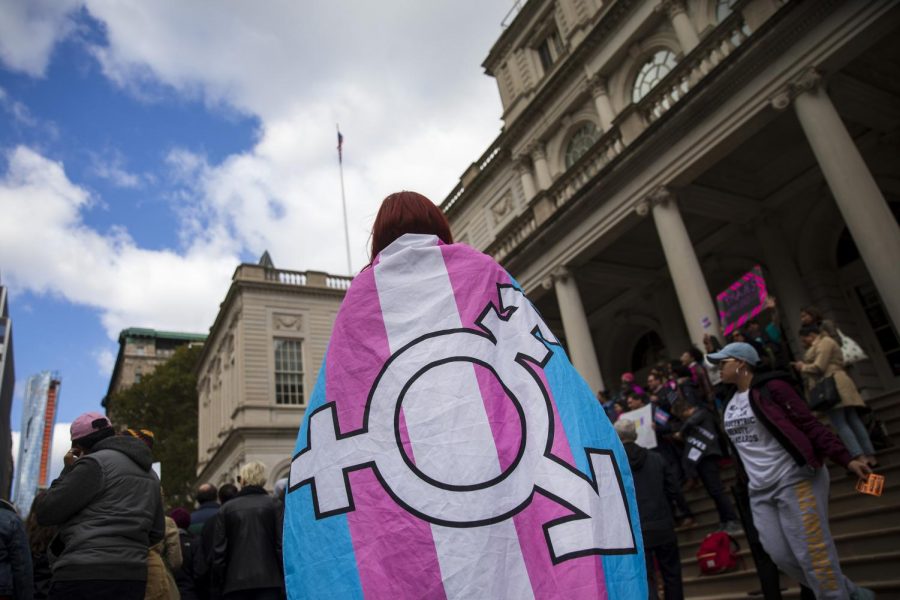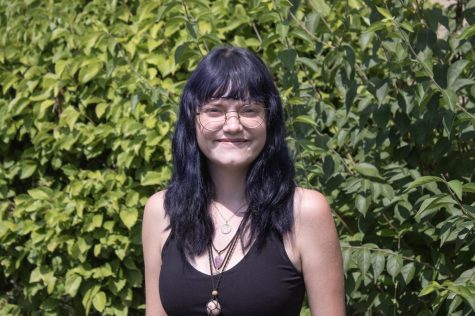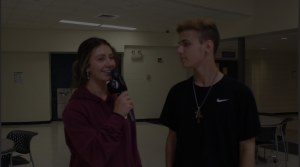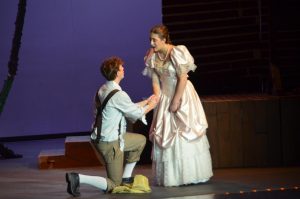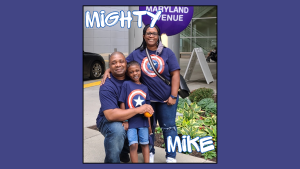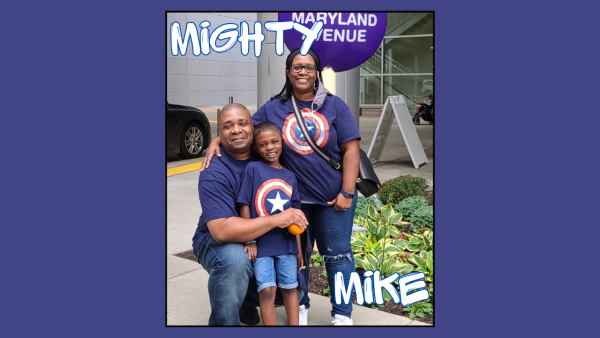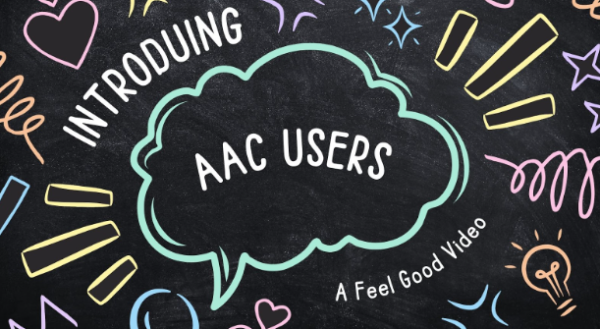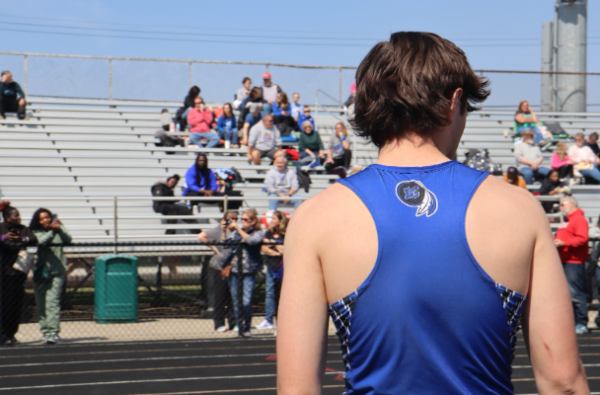Representation Matters
March 4, 2021
The LGBTQ+ community has been fighting for their own rights for many years, while many of those fights are still continuing. One of the many fights is the fight for representation in the media. Many TV platforms still see it as taboo to have a gay couple as their main characters. Then the little representation that the LGBTQ+ community has are background characters. People tend to stray away from making gay characters their main characters because they are afraid.
That’s not saying there aren’t any shows with LGBTQ+ main characters. The childrens cartoon “Shera The Princess Of Power”, a spinoff of the original 80s series, has many LGBTQ+ and diverse characters in its mix. The main character, Adora, is a lesbian, while one of the characters named Double Trouble is nonbinary. Other cartoons have done more with LGBTQ+ as well; “Steven Universe” has a lesbian couple, one that many countries tried to change by making one of them look more masuline. “The Legend of Korra”, a show based off of the hit Avatar series, had the main character, Korra, as a bisexual female, though this is never stated in the show, and a microagression was caused by not letting her and her girlfriend kiss on screen, instead leaving it up to the spinoff comics of the series to tell that story.
These changes were groundbreaking for many in the LGBTQ+ community, though some people think it is a little unfair that most of the good representation is through children’s TV shows.
That is not to say there aren’t any regular TV shows with LGBTQ+ characters. “Brooklyn 99”, for example, is a show about a police unit; the police captain of the show is a gay person of color. This was groundbreaking for many reasons. Although the community is getting more representation, it isn’t uncommon for some shows, especially when written by straight, cisgender writers, to fall into the steryotypes many people believe about the LGBTQ+ community. It is also worth noting that some parts of the community get more representation than others. A gay man is more likely to show up in a show than a transgender man or a nonbinary person. It is not uncommon for them to be pushed aside for the part of the community more likely to fit their narrative.
While entertainment has come a long way in the representation of the LGBTQ+ community in modern media, its still got a long way to go. Highlighting different parts of the community other than gay white men would be a good start, putting more LGBTQ+ people of color would also be a good start into breaking the classical mold of the LGBTQ+ community, because we come in all shapes and sizes, and it is more harmful than not to paint a certain narrative in the shows.



